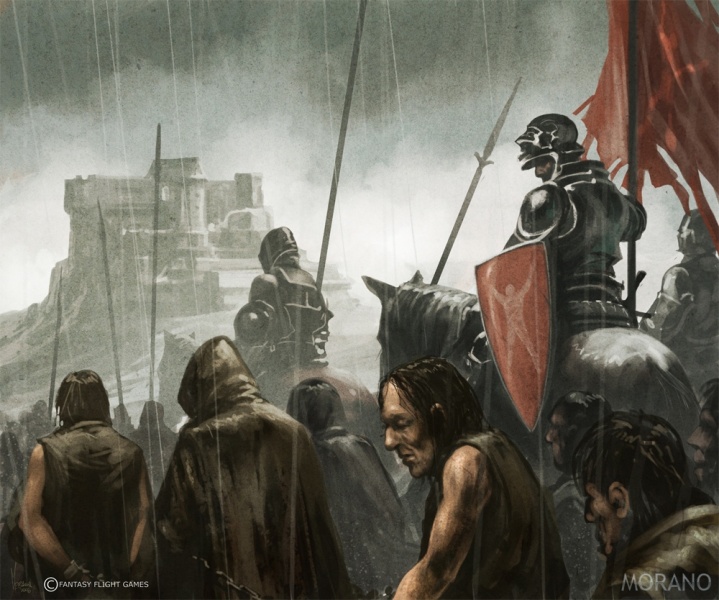Introduction

Artwork by Nicole Cardiff
The Seven Gods who made us all, are listening if we should call. So close your eyes, you shall not fall, they see you, little children. (ASOS, Samwell III)
Opposite the Red Keep stands Baelor’s Sept. Within the walls of this massive cathedral lay the beating heart of Westerosi religion: the Faith of the Seven. Governing the form and functions of millions of adherents, the Faith of the Seven was one of the few Westerosi institutions whose reach extended from Dorne to White Harbor. At the pinnacle of this continent-spanning religion was a man known as the High Septon. Serving as Westeros’ version of a medieval pope, the High Septon was a powerful leader of this religion and was seen as the literal avatar of the gods themselves. However theoretically powerful this man was in though, he had practical limits imposed on him by Westeros’ history. A bloody war and the reforms of a Targaryen king had restrained the High Septon and curbed the power that the Faith of the Seven once held. By the start of A Game of Thrones, the Faith of the Seven had morphed into a placid, peaceful religion with a fat, corrupt religious elite presiding over the faithful, but this was about to change.
Within the span of two years, the country had seen its relative stability and peace evaporate into chaotic warfare. The War of the Five Kings had devastated the country, and it was not the warfighters who suffered. The smallfolk had borne the brunt of this war, and the brutalities inflicted on them upended the social fabric of Westeros. One of the chief victims of this upending of the social fabric of Westeros was the Faith of the Seven
Where once the Faith of the Seven had been a conservative, milquetoast part of society, the War of the Five Kings radicalized the religion. Standing atop this new movement was a man who would become known as the High Sparrow. And he was looking at the historical structure of the Faith of the Seven and seeing the power that the Faith once wielded.
Continue reading →


